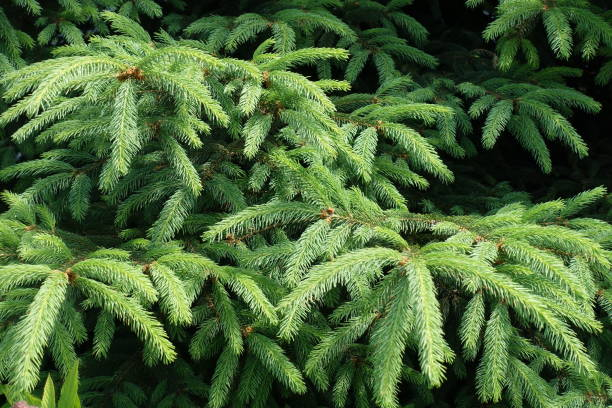Norway spruce

Picea abies, sometimes known as the Norway spruce or European spruce, is a spruce endemic to Northern, Central, and Eastern Europe. It features branchlets that normally droop downwards and the biggest cones of any spruce, ranging from 9 to 17 cm in length. It has a tight relationship with the Siberian spruce (Picea obovata), which replaces it east of the Ural Mountains and with which it readily hybridizes. The Norway spruce has a broad distribution due to its wood, and it is the primary Christmas tree in various nations throughout the world. It was the first gymnosperm genome to be sequenced. The specific epithet abies means "like Abies, Fir tree" in Latin.
Norway spruce is one of the most frequently planted spruces, both inside and beyond its natural area, and one of Europe's most commercially significant coniferous species. It is utilized as a decorative tree in parks and gardens. It is also commonly planted as a Christmas tree. Every Christmas, the Norwegian capital city, Oslo, sends a Norway spruce to the cities of London (the Trafalgar Plaza Christmas tree), Edinburgh, and Washington, D.C., which is set in the city's major square.









